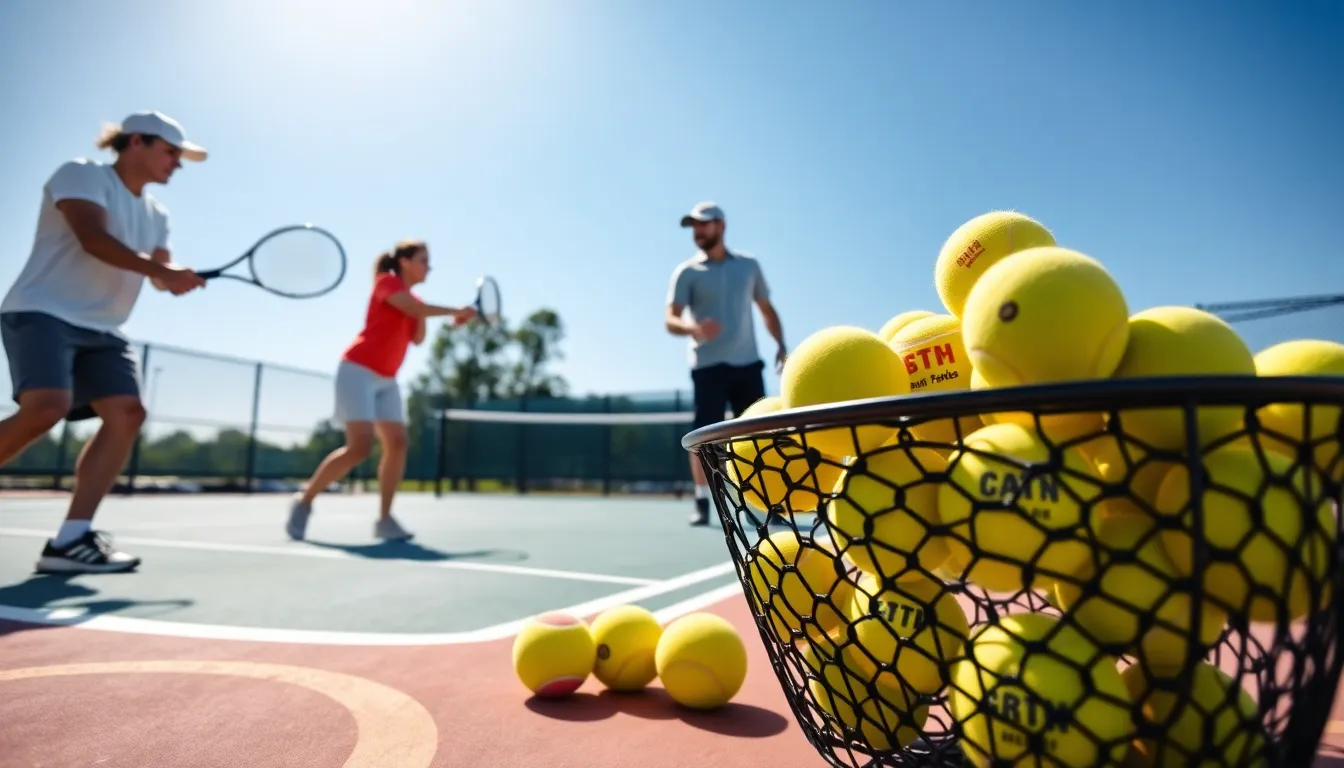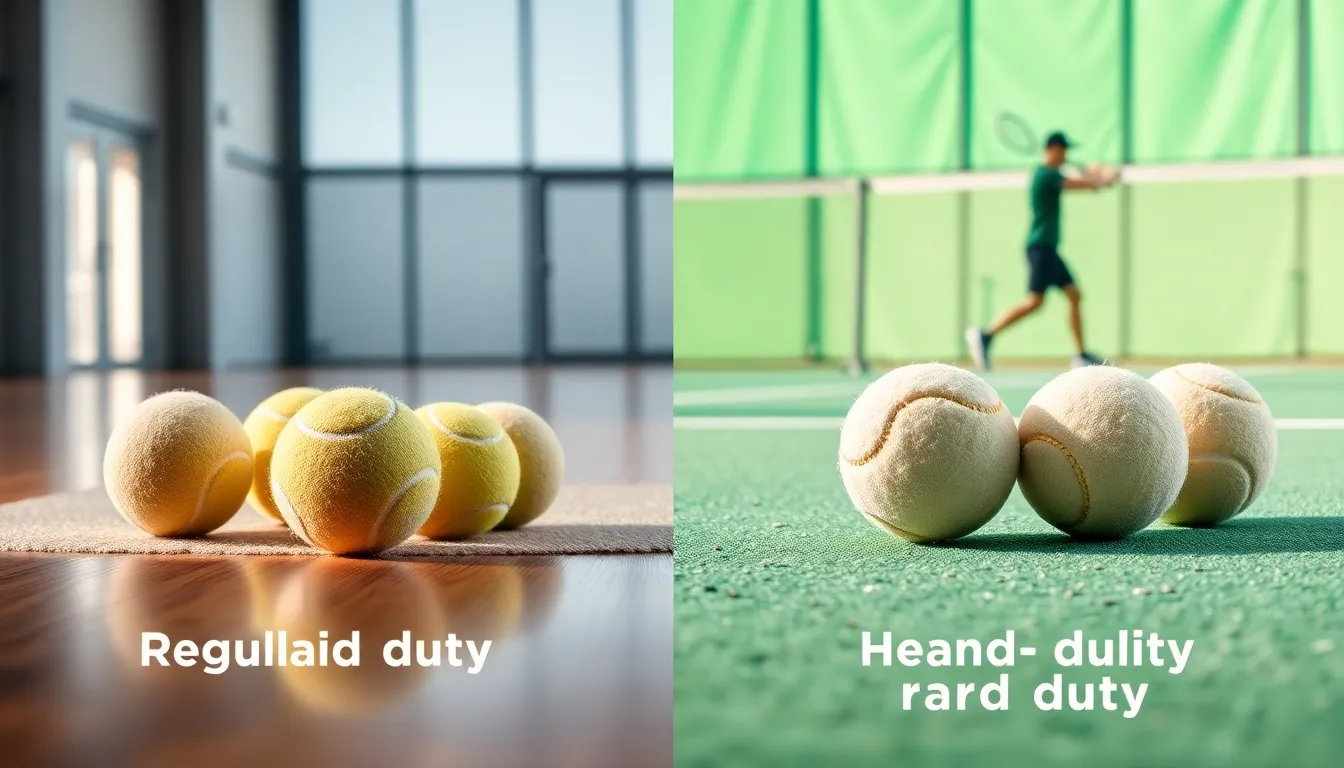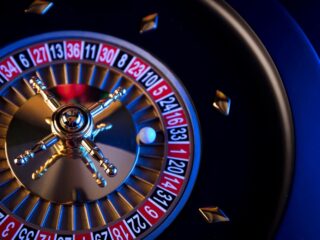
When it comes to honing your tennis skills, the right practice tennis balls can make all the difference. Not only can they elevate your game, but they can also save you from the dreaded disappointment of a subpar shot. Imagine chasing after balls that seem to have minds of their own, frustrating, right? Let’s end that misery. In this guide, we’ll jump into the different types of practice tennis balls, how to choose the right one for your skill level, and even explore some killer drills to improve your game. So grab your racquet, and let’s serve up some insights.
Practice Tennis Balls

Regular Duty vs. Heavy Duty Balls
When browsing for practice balls, you might notice two main categories: regular duty and heavy duty. Regular duty balls are typically designed for soft, indoor courts like carpet or clay. They perform great in a controlled environment but may wear out quicker on harsher surfaces.
On the other hand, heavy duty balls are built to withstand the rigors of hard courts. Their thicker felt makes them more durable and ideal for outdoor practice. Choosing between these two depends on where and how often you play.
Pressure vs. Pressureless Balls
Another essential distinction lies between pressure and pressureless balls. Pressure balls are your standard tennis balls: they contain air and lose bounce over time. This can affect your game, particularly if you’re practicing regularly. But, they offer the feel and bounce similar to what you’d experience in matches.
Conversely, pressureless balls can retain their bounce for an extended period. They provide a consistent experience, making them excellent for repetitive practice, perfect for drills where you want to focus on accuracy and skill.
Ball Sizes and Weights
Not all tennis balls are created equal in terms of size and weight. The standard size is 2.57 inches in diameter and weighs about 2 ounces. But, if you’re training younger players or just want to add some variety, consider using oversized or smaller balls. These variations can help develop specific skills, like hand-eye coordination and swing mechanics.
Choosing the Right Practice Tennis Balls
Skill Level Considerations
When choosing practice tennis balls, your skill level plays a crucial role. Beginners should start with softer balls, such as low-compression or foam balls, as they help players develop proper techniques without the fear of hard hits.
Intermediate players can move to standard pressure balls for a more authentic practice feel, while advanced players might prefer heavy-duty, pressureless balls that challenge their skills and mimic real-game situations.
Court Surface Compatibility
Your choice of practice tennis balls should also depend on the court surface. Playing on grass? Opt for regular duty balls that suit soft courts. For hard courts or gritty surfaces, select heavy-duty balls to withstand the wear and tear. Knowing this can not only enhance your experience but also extend the life of your practice balls.
Improving Your Game With the Right Balls
Enhancing Consistency and Control
In tennis, consistency is key. The right practice balls can help achieve that elusive control you crave. Opting for pressureless balls can give you a more predictable bounce, allowing for drills focused on hitting targets or managing shot depth. Practicing with consistent balls means you can gradually adjust your technique without worrying about how the ball will behave each time.
Understanding Ball Bounce and Feel
Understanding the bounce and feel of practice tennis balls is vital to your overall training. Some balls might feel softer, while others might feel like a rock when struck. Each type lets you fine-tune aspects of your game, from touch shots to powerful serves. By experimenting with various balls during practice, players can learn how to adapt to different playing conditions and improve their overall performance.
Training Drills Using Practice Tennis Balls
Solo Drills and Repetition
Practice doesn’t always need a partner. You can use practice tennis balls for solo drills. Setting up a wall to hit against can provide hours of hands-on training. Try working on consistency by focusing on your form and stroke technique. Use pressureless balls for extensive solo sessions, allowing your body to adapt to the rhythm of swinging without the distraction of chasing down lost balls.
Partner Drills for Enhanced Skills
Training with a partner not only keeps things competitive but also sharpens your skills. Use regular pressure balls for drills that involve rallies or serves. Engaging in friendly exchanges helps develop timing and encourages you to place shots more accurately. Plus, make sure to switch roles occasionally to keep things fresh and expose you to different styles of play.






